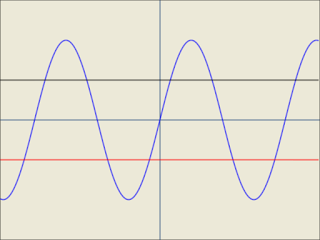Transistor update! - AionFX Phobos Germanium Fuzz

In my previous post , I mentioned waiting on some nice Telefunken transistors. They finally arrived after being in transit for only 10 days (and I am still waiting for some PCBs from the US that were shipped on the 5th of June...) ! The original transistors The transistors included in the kit were two Russian transistors (one MP16B and one MP21A), and a Tungsram AC125. They are relatively cheap and easy to find, and they perform admirably. Their hFE value were 62, 56, and somewhere around 90, respectively. These values are perfectly suited for the Tone Bender circuit. Don't get me wrong: they sound great and the fuzz they generate is very clean, but I want a fuzz that is a little dirtier. I found a good article from Coda Effect where he built an earlier revision of the same PCB I have, and he used AC116 transistors. By some sheer luck, I managed to find the exact same transistors on eBay for about 20$, shipping included. What could go wrong? The "new" transistors Thei...


